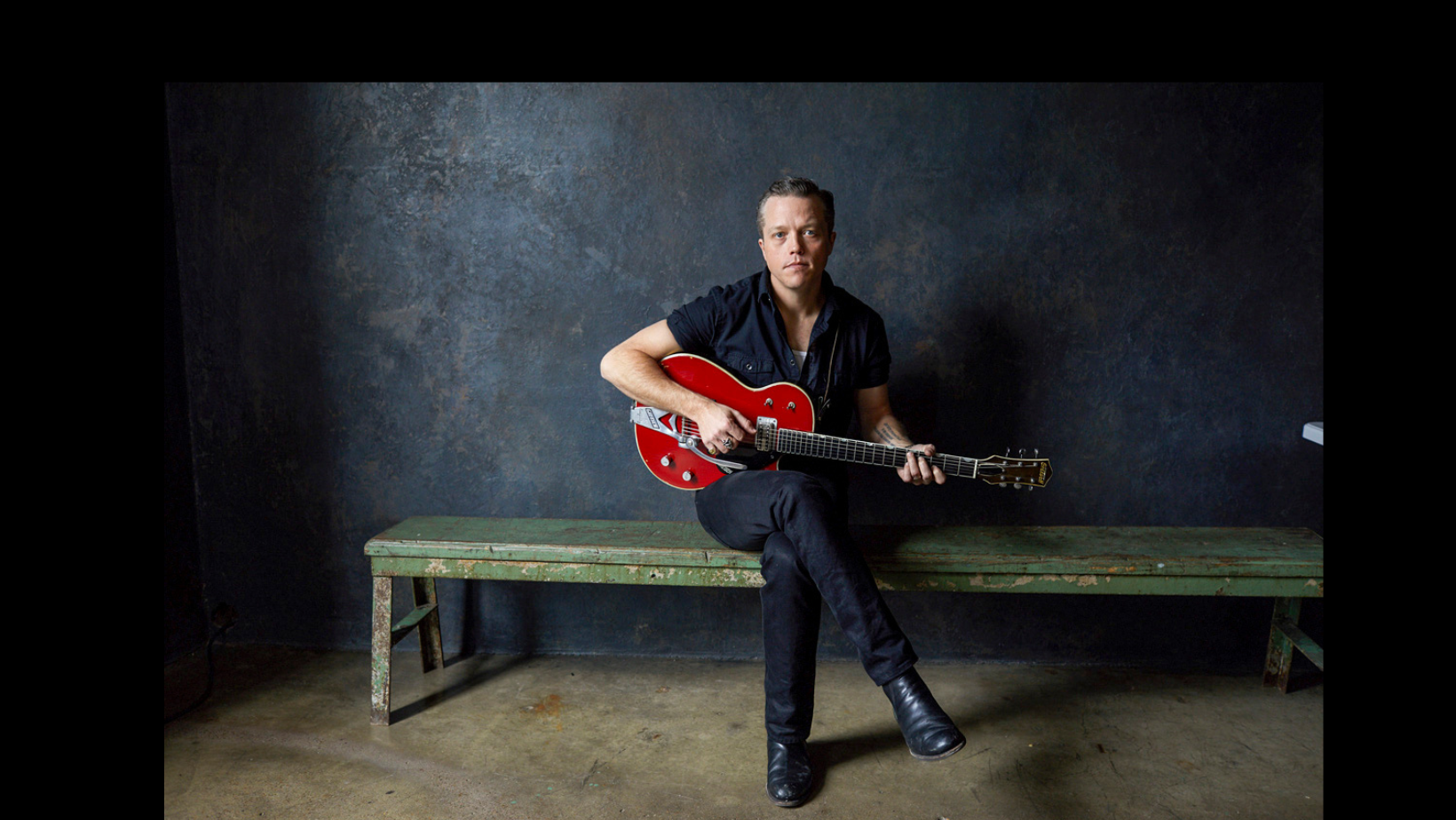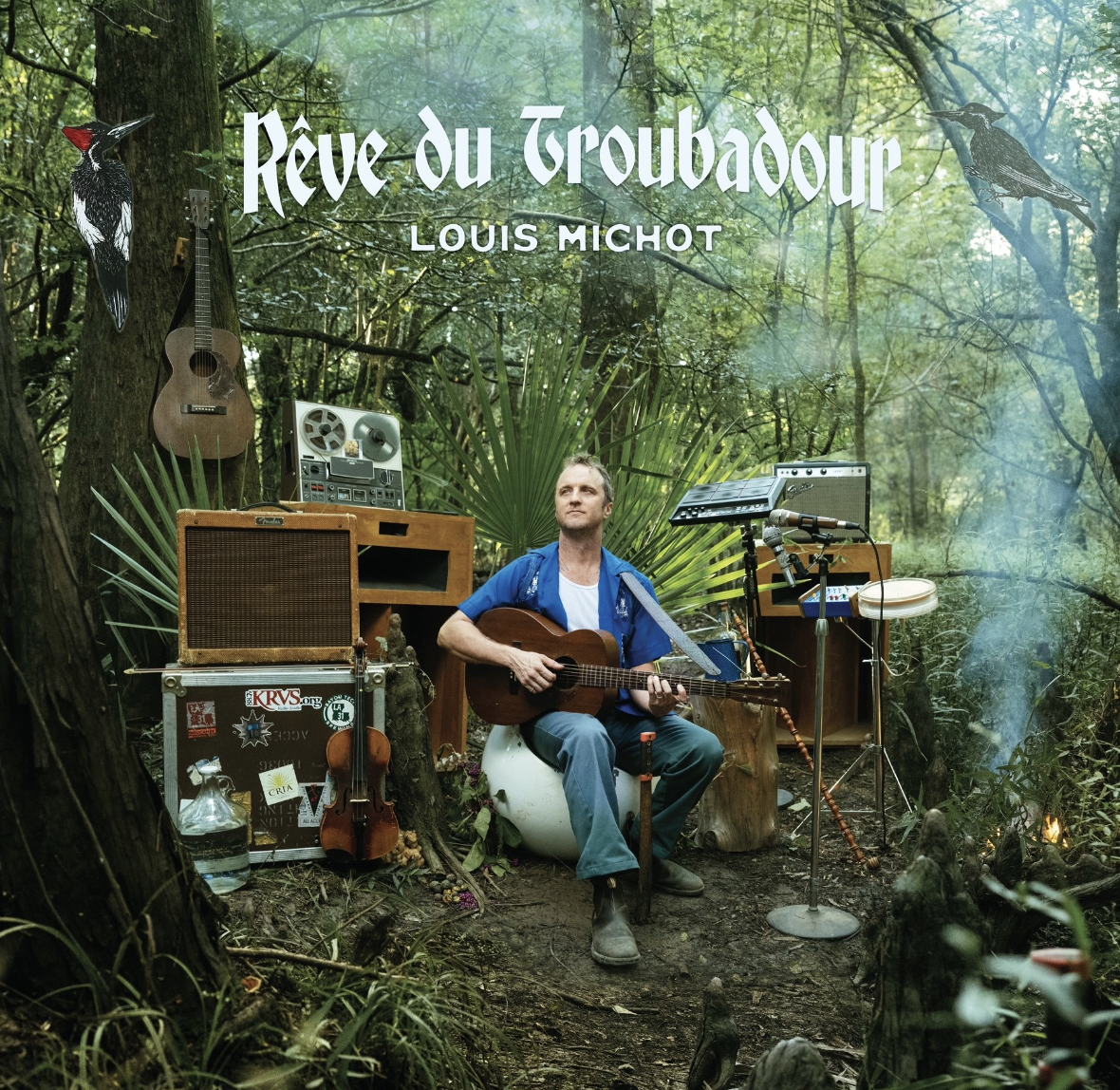I’m not big into “tweeting”, but this is by far the best bio I’ve ever read on Twitter:
Name: Elliott BROOD
Location: Toronto
Bio: If a whiskey-stinking Harry Dean Stanton busted into your living room window one night and knocked your teeth out with a tire iron, EB might be the sound track.
A bit extreme, but you get the point: Elliott BROOD will certainly demand your attention.
Mountain Meadows (Six Shooter Records), the band’s second full-length release, takes its name from the Sept. 11, 1857 massacre in the Utah Territory where a Mormon militia and local Paiute Indians slaughtered a group of Arkansas emigrants — 120 men, women and children bound for California. Only the very young children were spared, and eventually adopted into local families or returned to Arkansas. Rather than the historical facts already on record, it was the imagined stories of these survivors that most interested Elliott BROOD’s songwriters, Mark Sasso and Casey Laforet. This album asks: What happened next? The songs are Elliott BROOD’s answers.
CMP recently caught up with Casey and Mark in the midst of their sprawling North American tour.
CMP: Most of the songs on Mountain Meadows reflect your own speculative journey about the survivors of the eponymous historical massacre and their future generations, but the songs “Fingers and Tongues”, “31 Years” and “The Body” seem to dwell closest to the actual events at the heart of the album. Was there a certain chronology to the writing of the songs? Was one song a jumping off point leading to another and another?
Casey: The songs all came separately, but all worked well together. “The Body” is one of Mark’s older songs, and “Fingers and Tongues” was brand new for the record. “31 Years” was based on a book I found in a pawn shop which was written in the late 1800s and mentions the massacre in Utah. “31 Years” and “Fingers and Tongues” are definitely the most closely related lyrically to the Mountain Meadows massacre.
CMP: Your sound is so insistent and hard driving, I swore you were using some heavy duty electric guitars, yet you’re all electric-acoustic with lots of distortion. Did this Specter-esque wall of sound evolve or was it something you’ve intentionally sought out?
Casey: Everything that has happened in this band has come by chance. Originally, it was just guitar and banjo, then I brought in a distortion pedal for the acoustic, and it’s gone from there. We’re always looking at adding new instrumentation and sound.
CMP: Years ago I saw a band in Tampa, Florida, whose keyboardist played a kid’s toy piano while the drummer banged away on cardboard boxes filled with newspaper, and it actually sounded quite good. I never expected to see anyone try something quite like it until I saw your video of “Without Again” shot at the Six Shooter House of Sin in Austin, TX: Stephen (Pitkin) plays a suitcase — and it’s amazing! Where’d he get the idea, and is there a particular brand of luggage he prefers over others?
EB: Steve used to use a Samsonite suitcase as a kick drum, but has since retired it. (We kept breaking them.) At first we just wanted a different sounding kick, but now we have a Vintage kick drum that sounds great.
CMP: I’ve read that you two are old high school friends. How long have each of you been playing and what instruments did you first pick up, and when?
Casey: My first guitar was a hollow body Harmony I got for $20. We didn’t end up playing together until we both ended up in Toronto. Mark introduced me to Grant Lee Buffalo and I introduced him to Richard Buckner. We’ve been together ever since! (As a band, I mean.)
Mark: My first instrument was the piano when I was five but I begged my parents for a violin, but it never happened. The piano lesson didn’t last very long. I was drawn to the banjo and guitar in high school after seeing a few kids in my class perform a few Black Crowes songs at an assembly. After that I was hooked. I ended up joining that band for a couple of shows as their singer. Coincidentally enough, I think Casey went out and bought a guitar that same week after witnessing the same gym assembly performance.
CMP: How has Stephen’s production background influenced Elliott BROOD’s sound? (Pitkin produced the band’s debut EP, Tin Type.) Or was it you guys who influenced Stephen?
EB: I think we all influence each other. It’s three personalities bringing different things. Steve’s the one with all the musical knowledge. He’s the Garth Hudson of Elliott BROOD. He’s taught us a lot about recording.
CMP: “The Body” is one of the quieter, more haunting numbers on the album. Actually, it’s simultaneously beautiful and frightening. It begins with the distant and lonely wail of a locomotive, includes a woman’s gorgeous chanting, and what sounds like a big semi-tractor trailer speeding over a highway. Can you tell us something about the women mentioned in the song? And who is the woman singing?
Casey: Actually, I would prefer not to say too much about the woman subject in the song as I don’t feel giving more information would behoove anyone — it’s more of a universal idea that way. All I will say is that it’s about an abduction of a young woman. As for the girl singing in the song, that is our friend Jennifer Castle, better known as Castlemusic. She’s an incredible talent and we’re lucky to have her on the record as she compliments that song perfectly with her vocals. She’s meant to portray the voice of the victim in the song.
CMP: Critics have been hard-pressed to put a label on your music, so you came up with your own: Death Country. However, Casey recently pronounced that term dead (pun intended?). What would you call your sound now — Roots Stomp? Anachronist Folk? Bloodgrass? Banjo Rock? Or are all labels passe now?
Casey: I like those new labels! I do think it’s hard to label what we do. It’s turned out to be quite an original sound. The labels aren’t important. We are Elliott BROOD, and if things keep going well, that’s all people will need to know to know what we sound like!
CMP: Since Tin Type, the band seems to be more fully realized and confident — bulked up, if you will. In what ways do you think you’ve evolved since then? I recently saw the video for “Oh, Alberta!” which is shot in sepia-tone filter with silent movie captions, and features a Canadian Bonnie & Clyde, Walter Gretzky playing street hockey, and one of the greatest lines in recent memory: “Up in the Yukon I hit that bong and then turned up the stereo.” It’s no wonder this was a college radio favorite. Mark, you’re also a graphic artist and you created the artwork for the album. Was it as much fun to work on as it seems to the listener?
Mark: I think I enjoy creating the artwork just as much as I do writing and recording the actual music. We feel that the artwork is an extension of the album as a whole in that one begets the other. I spent the entire duration of the artwork design/creation listening to “31 Years” on repeat. It just put me into that place where I could step into the character and try and create something that would feel like it belonged to the music.
CMP: Even though Elliott BROOD are one of the top-draw concert attractions in Canada, despite the Juno nomination and many other awards, and despite being shortlisted for the Polaris Prize (best Canadian album of the year), the band still seems to fly a bit under the radar. You’re not a household name yet, but you have a huge following and have garnered much critical praise. How are you handling all this?
EB: I don’t think we spend too much time thinking about any of that. It’s all out of our control. We just want to keep writing interesting music and performing great shows. The critical praise is always nice. I’m sure if we were a household name, people would start taking shots at us!
CMP: Following Ambassador, your first full-length release, you toured across Canada six times and Europe three times. Now with Mountain Meadows you’re touring even more across Canada and dipping down into the U.S. as far south as Austin, TX. Is touring taking a toll on you at all? What is a typical Elliott Brood live show like, anyway? What can audiences expect on a given night?
EB: We love touring. We feel like our live show is one of the best around, and we’ve worked hard at developing it. It can take its toll, but we’re trying to be healthy this time. Multi-vitamins and healthy food have entered the fold. Our live show takes a lot of energy and we’re excited about bringing to a new audience.
CMP: Pardon the clichéd survey question, but where do you see yourselves in five years?
Casey: I like that question. I see us doing exactly what we’re doing now. We truly want to be an established live act that people want to continue to experience. There’s no telling how long things like this will last, but if the music stays good, we’re in it for the long haul.
CMP: Has anyone ever seen Elliott BROOD? He seems to exist in the shadows, yet exerts a huge influence on the band, naturally. What’s his story, anyway? Will we ever know his history?
EB: Elliott BROOD is a fictional person, but he would be like the old man in the dark corner of a bar that no one is paying attention to … just watching the crowd. We feel like the three of us make up his persona. We’re telling his stories.





